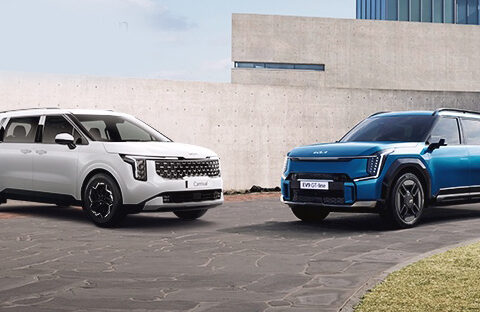New Delhi/ TNF
In an era where innovation drives industries, Japan is making waves with its cutting-edge magnetic levitation (maglev) engine technology. This groundbreaking advancement promises to revolutionize the way we think about transportation, particularly in the automobile sector. With its ability to eliminate friction and increase efficiency, maglev technology could redefine how we travel, bringing with it a new age of speed, safety, and sustainability.
What is Magnetic Levitation Technology?
Magnetic levitation technology uses powerful magnets to lift and propel objects, allowing them to glide above a track without making contact. This frictionless movement not only enhances speed but also significantly reduces wear and tear on machinery. In the context of trains, Japan has long been a pioneer in maglev systems, with the Shinkansen (bullet train) being a prime example. However, the potential of this technology extends far beyond railways.
Imagine vehicles that can hover above roads, eliminating the need for tires and traditional road surfaces. These vehicles would be powered by magnetic forces, offering a smooth, silent ride that could reach incredible speeds. Researchers and automotive engineers are already exploring how this technology can be adapted for cars and trucks, paving the way for a transformative shift in personal and commercial transportation.
Speed and Efficiency: The Future of Driving
One of the most appealing aspects of maglev technology is its potential for speed. Traditional vehicles are limited by the friction between tires and roads, which restricts acceleration and overall performance. In contrast, maglev vehicles could reach speeds exceeding 300 miles per hour, rivaling even the fastest trains in the world. This leap in speed could drastically reduce travel times, making long commutes and intercity travel more efficient than ever before.
Additionally, maglev technology is inherently energy-efficient. With less energy wasted on friction, vehicles could operate at a fraction of the energy cost associated with traditional combustion engines. This shift toward energy efficiency aligns with global efforts to combat climate change, offering a cleaner alternative to fossil fuels.
Safety Redefined
Safety is another critical area where maglev technology could make a significant impact. With no physical contact between the vehicle and the ground, the risk of accidents due to tire blowouts, skidding, or loss of traction is virtually eliminated. Furthermore, the precise control offered by magnetic systems allows for rapid acceleration and deceleration, giving drivers enhanced control over their vehicles.
Imagine a future where accidents on the road become a rarity. With the integration of advanced sensors and automation, maglev vehicles could communicate with one another, creating a networked transportation system that enhances safety and efficiency. This interconnected approach could reduce traffic congestion and lower the likelihood of collisions, ultimately saving lives.
Challenges and Considerations
While the potential of maglev technology is immense, several challenges must be addressed before it can be widely adopted in the automobile sector. The initial infrastructure costs for building maglev roadways and systems are significant. Developing the necessary magnetic systems and ensuring compatibility with existing road networks will require substantial investment and collaboration among governments, private sectors, and technology developers.
Moreover, there is a psychological barrier to overcome. The concept of levitating vehicles may seem futuristic and intimidating to some consumers. As with any new technology, public perception and acceptance will play a crucial role in the successful rollout of maglev vehicles. Education and demonstration projects will be essential to showcase the benefits and safety of this technology.
The Road Ahead
Japan’s magnetic levitation technology stands at the cusp of transforming the automobile sector. With continued research, investment, and collaboration, the dream of levitating vehicles could become a reality within the next few decades. Companies like Toyota and Honda are already exploring partnerships with tech firms specializing in maglev technology, indicating a growing interest in this revolutionary advancement.
In addition, as cities worldwide grapple with traffic congestion and pollution, maglev vehicles could offer a solution that not only enhances urban mobility but also contributes to cleaner air and sustainable living. The synergy between maglev technology and electric vehicles could create a new category of transportation that prioritizes both speed and environmental responsibility.











